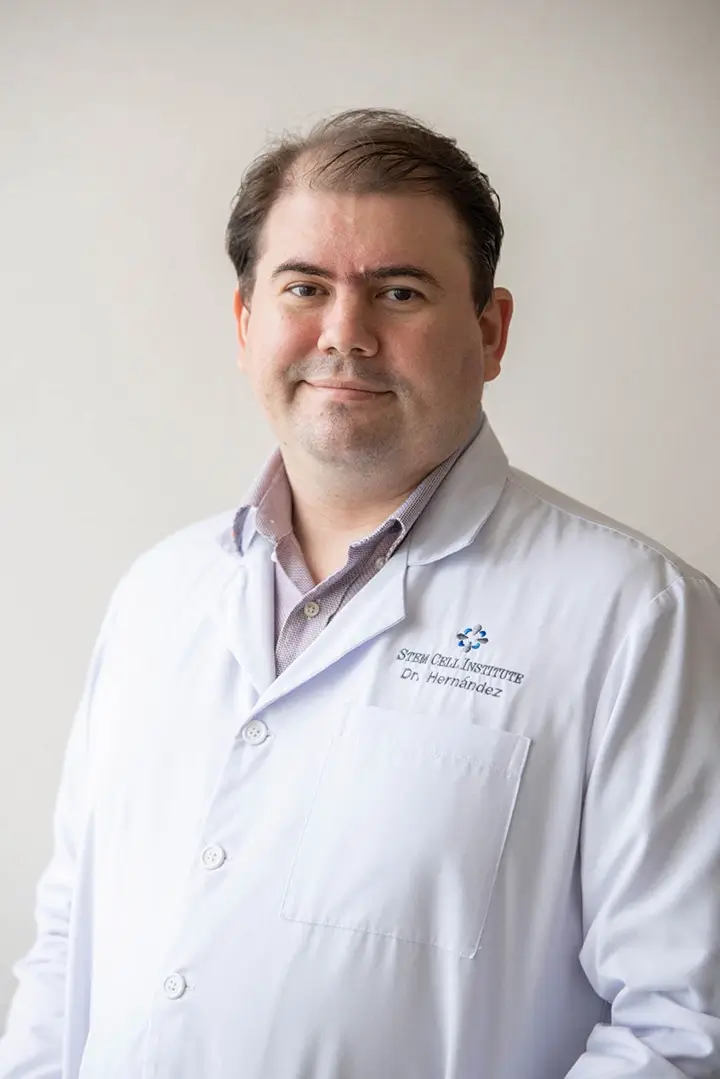Highlighting the increasing therapeutic use of autologous (one’s own) cord blood stem cells for transplant and regenerative medicine, including treatments for neurological repair, juvenile diabetes, and blood and immune disorders, two separate data abstracts were displayed today at the annual scientific meeting of the AABB. The advancement of these treatments was part of the focus as well, and the important role of family (or private) cord blood banks was demonstrated. The international association of medical professionals and institutions focused on transfusion, transplantation and cellular therapy.
In order to treat aplastic anemia, an individual’s own cord blood stem cells were released in the first study which analyzed four cases. The transplants were conducted at three different institutions: Children’s Hospital in Seattle, City of Hope (Los Angeles), and the University of Minnesota. Cord Blood Registry was responsible for processing and storing the cord blood prior to treatment.
The cases demonstrate that this approach is amenable to use at different treatment centers across the United States and also suggests that autologous cord blood transplantation for aplastic anemia is a safe and effective treatment protocol.
“Aplastic anemia is a life-threatening disease with no known cause that can be acquired at any time in life and is difficult to treat,” said lead study investigator Dr. David T. Harris, Ph.D., professor of immunology at the University of Arizona and scientific director of Cord Blood Registry. “This study offers evidence that transplant physicians have a safe and effective weapon for combating this disease for patients who have access to their own cord blood stem cells.”
The analysis also showed that:
— The average time to engraftment (the point at which the stem cells start to generate new blood cells) for cord blood is between 21 and 35 days according to the National Marrow Donor Program (NMDP). Engraftment averaged 22 days across the four cases and in one patient, occurred as early as two day after transplantation.
— Marking the longest period of time a family-banked cord blood sample has been stored prior to use, one of the autologous samples used was stored for 9.5 years.
Use in both regenerative and traditional medicine applications was documented in a second report involving 13 cases of autologous cord blood stem cell use. An increase in samples requested for regenerative medicine applications was indicated by the data and a rising demand for autologous cord blood over the last 10 years was also suggested.
The report documented nine samples released for regenerative therapies in addition to the four cases of aplastic anemia (reviewed in detail in the first study).
— Stem cell infusions were conducted at Duke University and Children’s Memorial Hospital in Chicago. Six samples were released to treat neurological conditions, including traumatic brain injury (one sample), anoxic brain injury (one sample), and cerebral palsy (four samples). Some anecdotal reports of improvement in quality of life, and anecdotal evidence by physicians involved with these cases suggests that the treatments were safe. This was because these six samples were not released as part of any specific clinical trial. Two more samples were released for treatment of cerebral palsy since the study period ended.
— As part of an ongoing clinical trial at the University of Florida, two client samples were released for type 1 diabetes. Possibly slowing the destruction of their insulin-producing cells and resetting the immune system, preliminary data from the first seven patients in the trial show the stem cell infusion appears to have reduced their disease severity.
— To treat a diagnosis of a rare immune disorder, one additional sample was released for an experimental autologous stem cell infusion.
“Cord blood stem cells are increasingly being used by transplant physicians in regenerative medicine because of their demonstrated ability to produce almost all of the cell types of the body,” said Harris. “These cases provide physicians and researchers with additional insight into how cord blood stem cells may be used to treat more conditions and ultimately benefit more patients.”
Regenerative medicine therapies could provide benefits to approximately one in three Americans according to current estimates. Currently, the U.S. alone is conducting more than 200 National Institutes of Health (NIH) funded clinical trials with cord blood.
Existing as the most recommended cord blood bank by obstetricians for eventual familial use in transplantation and regenerative medicine, Cord Blood Registry(R) (CBR(R)) is the largest cord blood stem cell processing and cryopreservation service. For more than 190,000 newborns throughout the world, Cord Blood Registry preserves cord blood stem cells. Amounting to a number eclipsing any other family cord blood bank, the AABB accredited CBR has released more than 55 client cord blood units for specific therapeutic use. Focusing on the collection, processing and storage technologies to optimize quality and cell yield, the company

